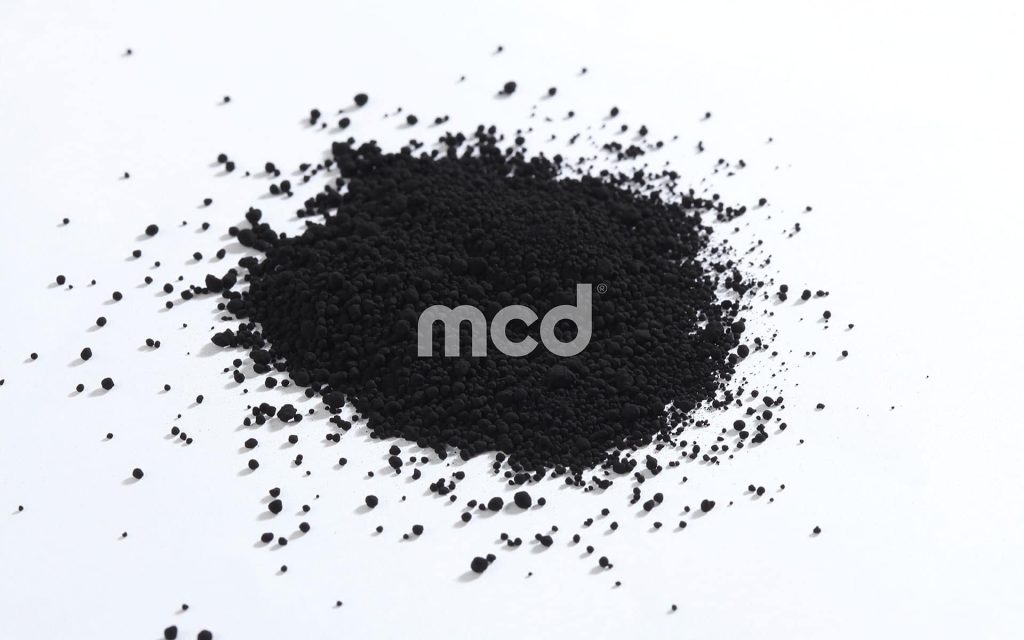MCD helps you select the most suitable material for the right plate heat exchanger, production process and working environment.
Each family of elastomers has distinctive characteristics. Need help in selecting the accurate elastomer? Contact us!
This site uses cookies for analytics and to improve your experience. By clicking Accept, you consent to our use of cookies.

An elastomer is made up of several components: polymers, mineral loads, plasticizers, activators, antioxidants, accelerators, and curing or vulcanization agents. Its composition may be altered to obtain properties (hardness, compression, temperature resistance, chemical compatibility) that suit the customer’s production process.
These three main parameters—temperature, chemical compatibility and mechanical properties—need to be considered when selecting the accurate elastomer for the gaskets whether it is for a plate heat exchanger, pasteurizer, sterilizer, refrigerant, heater, evaporator, condenser or domestic hot water exchanger.
As a specialist in this field, MCD provides expert advice on selecting elastomer.
Plate heat exchanger gaskets are subject to static mechanical constraints with the following main characteristics:
An elastomer undergoes physical or chemical changes when it meets certain products or is exposed to particular environments (e.g. ultraviolet radiation, ozone). Effects may include increased dimensions, greater weight, swelling or shrinking. In addition, the chemical reaction may result in loss of elasticity. The elastomer may become brittle and break, or it may become soft and porous.
The temperature at which the gasket will stop working depends on the elastomer, gasket geometry and equipment design. Exceeding the maximum service temperature of an elastomer severely shortens the process life of the gasket, because it tends to produce crosslinks or to soften the material. Likewise, if the temperature drops too down, the gasket tends to become rigid and may break.
MCD helps you select the most suitable material for the right plate heat exchanger, production process and working environment.
Each family of elastomers has distinctive characteristics. Need help in selecting the accurate elastomer? Contact us!